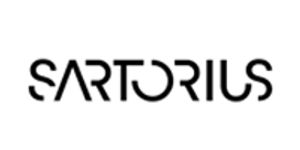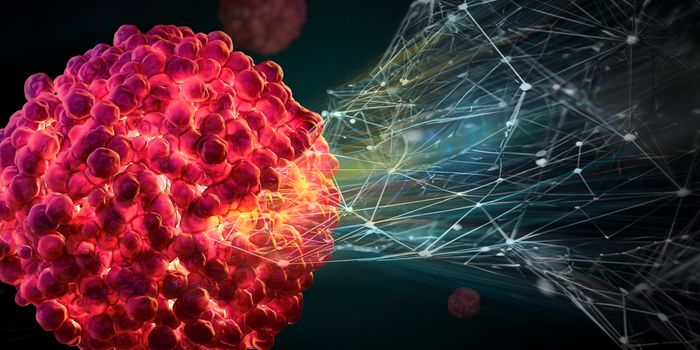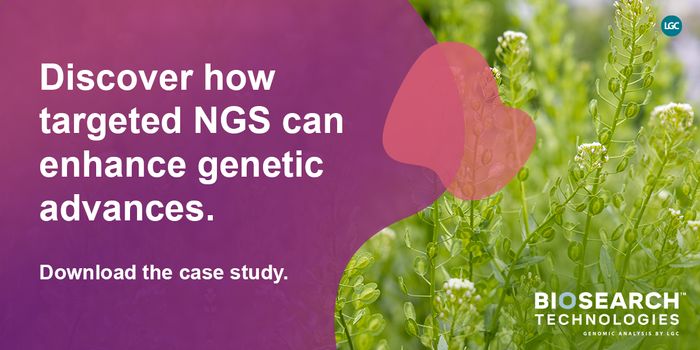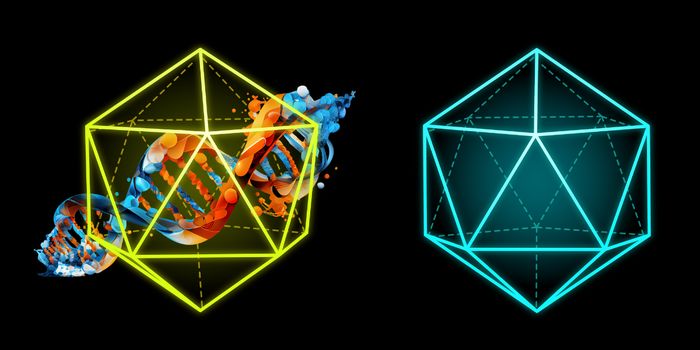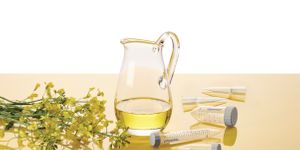Best practices for pipetting 3D cell culture hydrogels

Drug discovery and stem-cell-based therapies remain pivotal areas of scientific research, with a growing focus on three-dimensional (3D) cell cultures. However, preparing these cell cultures presents several challenges, including low reproducibility between samples, inadequate mixing practices, cross-contamination, and high variability among experiments.
A significant factor contributing to these issues is poor pipetting technique. Handling and mixing viscous hydrogels and sensitive cells can be particularly demanding. Electronic pipettes are ideal for preparing hydrogels, as they standardize the sample preparation workflow, mitigating the negative effects of individual pipetting practices. For 3D cell cultures, such as spheroid applications, GrowDex® hydrogel is an excellent choice. It is user-friendly, animal-free, and exhibits no batch-to-batch variation. Unlike many other hydrogels, GrowDex® does not require polymerization, allowing it to be handled at room temperature, which simplifies its use and enhances reproducibility.
Download this application note to discover protocols for ensuring reproducible 3D cell culture results by combining electronic pipettes along with GrowDex® hydrogel.

